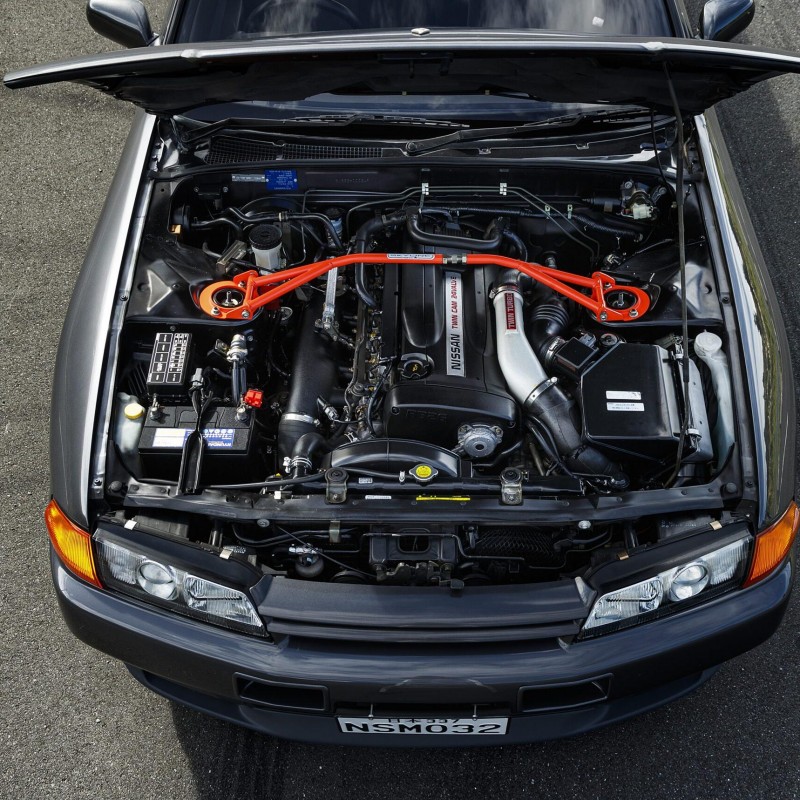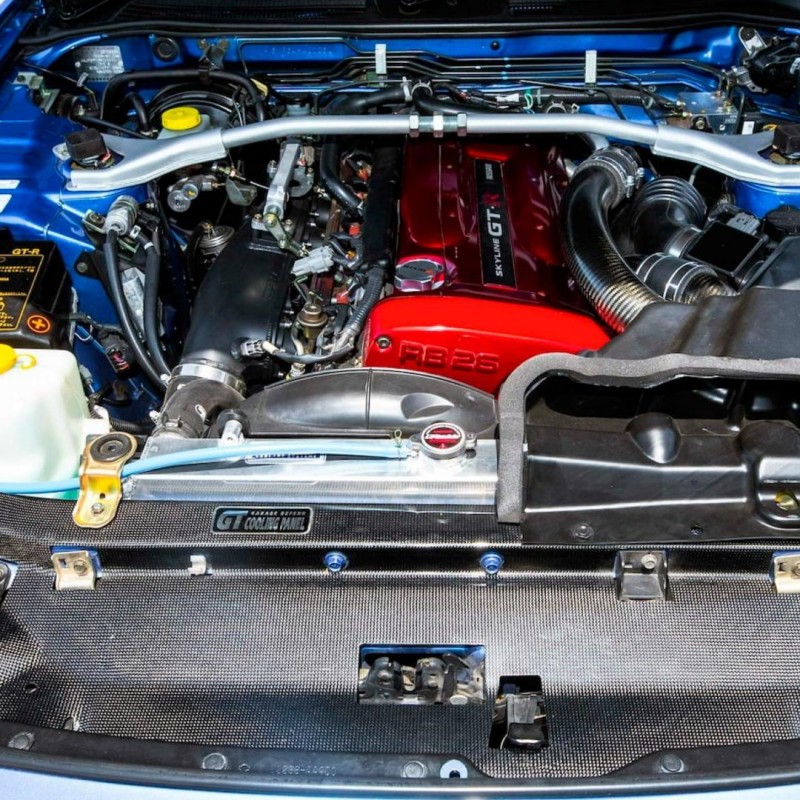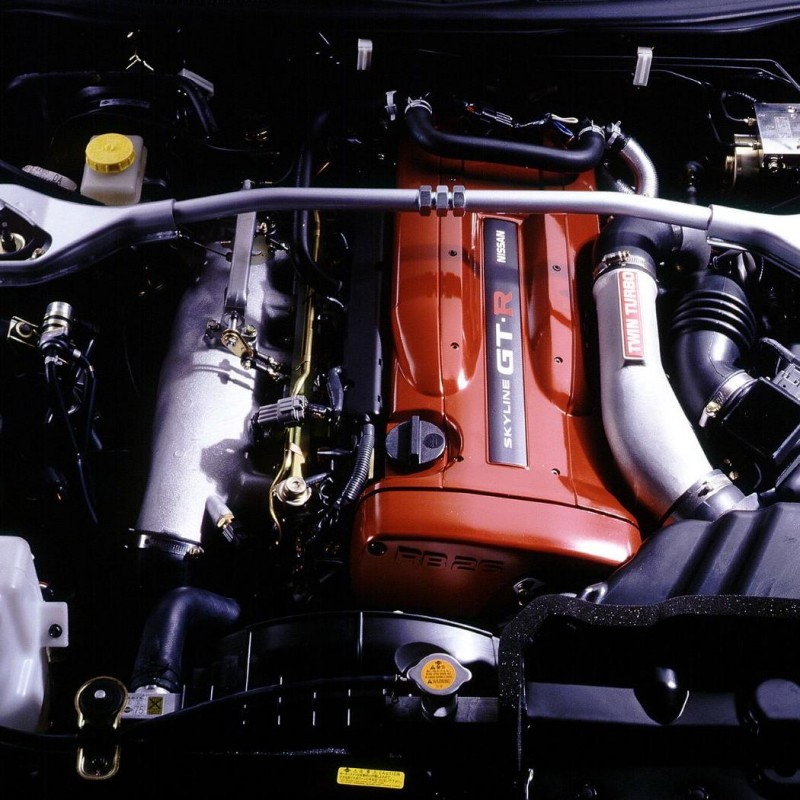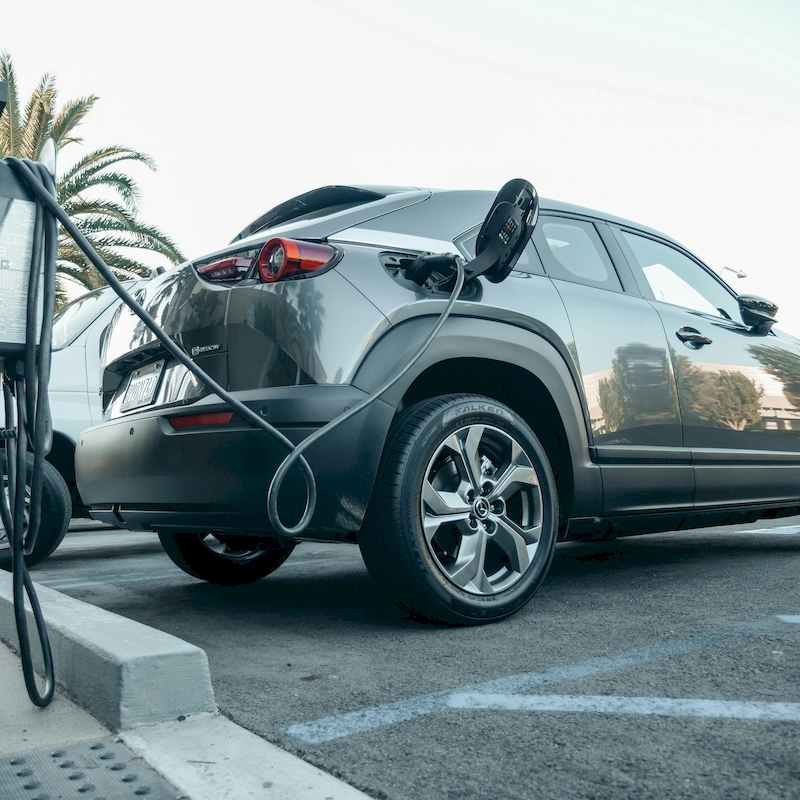Cleaning your engine bay is a vital maintenance task that can significantly enhance your vehicle’s performance and longevity. However, many car owners may wonder how to clean engine bay without water. Water can cause rust, damage sensitive electrical components, and lead to corrosion over time. Therefore, finding alternative methods is essential to preserve the engine’s condition while effectively removing dirt, grease, and grime. This comprehensive guide will delve into various strategies and products that allow you to clean your engine bay without the need for water. By following these steps, you can keep your vehicle looking great, optimize its functionality, and make engine inspections easier.
Understanding the Importance of Cleaning Your Engine Bay
Before diving into the techniques of how to clean engine bay without water, it’s essential to understand why maintaining the cleanliness of your engine bay is crucial.
Performance and Functionality
- Efficient Cooling: A clean engine bay helps ensure that components operate efficiently. Dust and debris can hinder airflow, leading to overheating.
- Easier Inspections: Regular cleaning makes it easier to identify potential issues, such as leaks or wear and tear, during routine inspections.
Aesthetic Appeal
- Enhanced Presentation: A clean engine bay contributes to the overall aesthetic of your vehicle, especially during car shows or when selling.
- Pride of Ownership: Maintaining a clean engine shows pride in ownership and reflects a commitment to vehicle care.
Prolonged Lifespan of Components
- Preventing Corrosion: Cleaning away dirt and grease helps reduce the risk of rust and corrosion that could impair the functionality of engine parts.
- Maintaining Value: A well-maintained engine bay can contribute to higher resale value in the future, as prospective buyers may look for signs of good maintenance.
Understanding these factors highlights the importance of regular engine bay cleaning and sets the stage for exploring effective methods, like how to clean engine bay without water.
Essential Tools and Supplies for Waterless Engine Bay Cleaning
To clean your engine bay efficiently without water, you will need specific tools and supplies to make the process easier. Here is a list of essentials:
Cleaning Products
- Degreaser: A quality degreaser specifically formulated for automotive use will effectively cut through grease and oil. Opt for biodegradable options to be environmentally friendly.
- All-Purpose Cleaner: A versatile cleaner can help remove light dirt and dust. Look for products that safe for plastic, rubber, and metal surfaces.
- Microfiber Cloths: These are ideal for wiping down various surfaces without scratching or leaving lint behind. Keep several on hand to make the process more efficient.
Brushes and Applicators
- Detailing Brushes: Use soft-bristled brushes to reach tight spaces and remove stubborn grime. A variety of sizes can help with different applications.
- Foam Applicators: For applying cleaner or wax to larger flat surfaces, foam applicators offer greater ease and efficiency.
Equipment and Accessories
- Vacuum Cleaner: A vacuum cleaner with a narrow nozzle attachment can be beneficial for removing loose debris and dirt from the engine bay.
- Plastic or Rubber Gloves: Protect your hands from harsh chemicals and grime by wearing gloves during the cleaning process.
Optional Equipment
- Compressed Air: If available, using compressed air can help blow out dust and debris from difficult-to-reach areas of your engine bay.
- Clear Plastic Sheet: Cover sensitive electronic components with a clear plastic sheet or plastic wrap to provide protection against cleaning products.
Equipping yourself with the right tools and supplies will help streamline the cleaning process, ensuring the best results when learning how to clean engine bay without water.
Step-by-Step Process to Clean Engine Bay Without Water
Using the right techniques plays a critical role in achieving a clean, well-maintained engine bay without the use of water. Here’s a detailed step-by-step process to follow:
1: Prepare the Area
- Choose a Suitable Location: Begin by parking your vehicle in a well-ventilated area, preferably outdoors, to ensure you have ample space to work.
- Ensure the Engine is Cool: Allow your engine to cool down if it has been running. Cleaning hot engine components can be dangerous and lead to burns.
2: Inspect the Engine Bay
- Visual Check: Before diving into cleaning, visually inspect the engine bay to identify areas that need the most attention. Look for oil leaks, dirt accumulation, and areas where pest activity might be present.
- Plan Your Approach: Based on your inspection, outline your cleaning strategy. Consider starting from the top of the engine bay and working your way down to prevent any debris from falling back onto clean areas.
3: Remove Loose Debris
- Vacuum the Area: Use a vacuum cleaner with a narrow attachment to remove any loose dirt, leaves, or other debris from the engine bay. Pay special attention to corners and tight spaces.
- Dusting the Surface: Wipe down any loose dust with a microfiber cloth before applying any cleaning products.
Step 4: Apply Degreaser
- Spray the Degreaser: Generously spray a degreaser onto the oily or greasy areas of the engine bay. Allow it to sit for a few minutes to break down the grime effectively.
- Agitate for Effectiveness: Use soft-bristled brushes to agitate the degreaser in stubborn areas. This additional rubbing action helps lift heavy grease and dirt.
5: Wipe Down Surfaces
- Use Microfiber Cloths: With clean microfiber cloths, begin wiping down all exposed surfaces in the engine bay.
- Bucket Method: If you are using an all-purpose cleaner, apply it lightly to the cloth first, then wipe surfaces to control application and minimize overspray.
6: Clean Crevices and Tight Areas
- Targeting Difficult Spots: Use detailing brushes to clean crevices, around hoses, and other tight areas where dirt can accumulate.
- Compressed Air Option: If you have it available, use compressed air to blow away dust in tight spots while cleaning.
7: Protect Components
- Reapply to Problem Areas: Some heavily soiled areas may require additional application of degreaser, followed by equal scrubbing and wiping.
- Seal and Shine: After cleaning, consider applying a protective spray, such as a silicone-based dressing, to plastic and rubber components to provide a protective layer while adding shine.
8: Final Inspection
- Check for Missed Spots: Once the cleaning process is complete, perform a final inspection of the engine bay, checking for missed spots or areas requiring touch-ups.
- Remove Protective Covers: If you covered electrical components, remove the covering material and ensure all areas are dry.
By effectively following these steps, you can successfully clean your engine bay without water, protecting your engine while enhancing its appearance.
Benefits of Cleaning Your Engine Bay
Maintaining a clean engine bay provides truck and car owners with a variety of benefits. Here are some compelling advantages worth considering:
Enhanced Aesthetics
- Visual Appeal: A clean engine bay not only looks great but can also impress mechanics and potential buyers during inspections.
- Better Maintenance Access: A tidy engine bay improves access to various components, making routine maintenance easier and more efficient.
Improved Performance
- Efficient Cooling: Regular cleaning ensures that dirt build-up does not obstruct airflow and cooling systems, leading to improved engine performance.
- Early Problem Detection: A clean engine bay allows for easier identification of issues such as leaks or worn components, enabling timely repairs.
Resale Value
- Increased Value: A well-maintained and clean engine bay may enhance the value of your vehicle when it comes time to sell or trade-in.
- Buyer Confidence: Potential buyers often view a clean engine bay as a sign of good overall maintenance, increasing their confidence in the condition of the vehicle.
Safety Considerations
- Preventing Fires: Greasy build-up can pose a fire risk when engines run hot. Cleaning prevents these hazardous situations, contributing to a safer vehicle.
- Long-Term Reliability: Routine cleaning and maintenance lead to a more reliable vehicle, reducing the chances of unexpected breakdowns or emergencies.
The importance of a clean engine bay extends beyond aesthetics; it contributes directly to safety, reliability, and the overall performance of your vehicle.
Common Mistakes When Cleaning the Engine Bay
Cleaning your engine bay can be straightforward, but various mistakes can occur during the process. Here are some common pitfalls, along with solutions to ensure your cleaning is effective and safe:
Neglecting Safety Precautions
- Not Disconnecting the Battery: Failing to disconnect the battery before cleaning can lead to electrical shorts or damage, especially when using water or cleaning products.
- Inappropriate Cleaning Products: Using harsh chemicals that are not suitable for automotive cleaning may damage sensitive components or degrade seals and plastics.
Incorrect Cleaning Technique
- Over-Wetting the Area: Using excessive water or improper techniques can lead to moisture getting into sensitive electrical elements, causing malfunction.
- Scrubbing Too Hard: Aggressive scrubbing can scratch surfaces, especially those with finishes or delicate materials. Always use soft brushes and cloths.
Skipping Regular Maintenance
- Infrequent Cleanings: Waiting too long between cleanings allows heavy grime to develop, making the cleaning process more difficult and time-consuming.
- Ignoring Small Issues: If you observe small leaks or wear during cleaning, neglecting to address them can result in bigger problems down the line.
Being Unprepared
- Not Gathering Necessary Supplies: Not having the right tools and materials ready can lead to an incomplete job. Planning ahead ensures you can effectively clean without interruptions.
- Trying to Clean Without Knowledge: Failing to educate yourself on what components are sensitive can lead to accidental damage when performing tasks.
Avoiding these common mistakes will ensure that your engine bay cleaning is both effective and safe, keeping your vehicle running smoothly.
Conclusion
Knowing how to clean the engine bay without water is an invaluable skill for every vehicle owner. From understanding the importance of regular maintenance to identifying signs that indicate when attention is needed, taking proactive steps ensures your engine remains in excellent working condition. By following the steps outlined in this guide, you can confidently address the cleaning process, making it easier than ever to maintain your vehicle.
Furthermore, understanding the benefits of a clean engine bay, common mistakes to avoid, and effective methods will empower you to keep your motorcycle or car in optimal shape. Proper maintenance translates to longevity and enhanced performance, allowing for a thrilling and safe driving experience.
Maintaining the engine bay not only preserves aesthetic appeal but also enhances the overall functionality and reliability of your vehicle. Therefore, commit to regular checks and cleaning as a part of automotive maintenance. The knowledge you gain from this guide will help you keep your vehicle’s engine bay in pristine condition, ensuring smooth rides on every journey.


